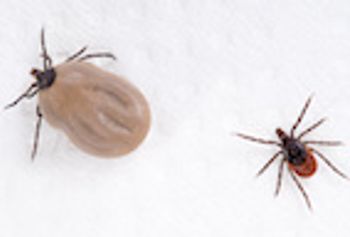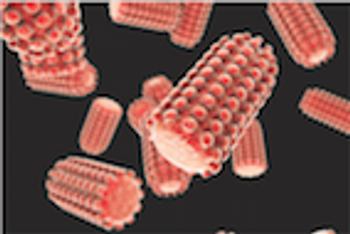
A recent study evaluated efficacy of the 2 drugs in an endemic region for canine Leishmania and Dirofilaria immitis infections.
Dr. Natalie Stilwell provides freelance medical writing and aquatic veterinary consulting services through her business, Seastar Communications and Consulting. In addition to her DVM obtained from Auburn University, she holds a MS in fisheries and aquatic sciences and a PhD in veterinary medical sciences from the University of Florida.

A recent study evaluated efficacy of the 2 drugs in an endemic region for canine Leishmania and Dirofilaria immitis infections.

A binational study revealed several important child, dog, and home environment factors that contribute to dog bite occurrence in both Jamaica and the United States.

Tests showed the Speed Diro test is highly sensitive and specific for D immitis antigen, even in cases of low worm burden.

A recent article reviewed potential tissue sources and applications for stem cell use in veterinary patients.

Evidence from 54 studies suggests that the lone star tick cannot transmit Borrelia burgdorferi.

Nearly all responding general practitioners in the United Kingdom reported cases of pseudopregnancy, most often diagnosed by behavioral signs.

According to a recent review, oral vaccination may significantly reduce canine rabies cases worldwide.

A recent study highlighted limitations in pharmacists’ knowledge of toxic pharmaceutical ingredients and household substances.

A new study finds that relatively few publications address the most common diseases.

A recent study examined whether sucralfate inhibited growth of common pathogenic bacteria, such as Pseudomonas and Staphylococcus.

A retrospective study showed that, while remission rates were high, immunosuppressive therapy rarely cured the dermatologic disorder.

Results of a recent study found that respiratory disease in some pets is correlated with increased airborne particles in the home.

Investigators in Tennessee set out to determine whether hyperbaric oxygen treatments were beneficial for routine management of uncomplicated wounds.

According to results of a recent study, the use of pheromones significantly reduced aggression in multicat households within 21 days.

Combining radiology, echocardiography, and cardiac stress marker results can bring clarity to ambiguous cases.

Despite major postoperative complications, the authors of a recent study concluded that permanent tracheostomy placement in brachycephalic dogs with severe laryngeal collapse is a suitable salvage option.

A recent survey assessed the views of veterinary professionals regarding minimally invasive spay techniques.

Complication rates in canine and feline patients were high in a recent study, but how serious were the issues?

The CSU-FAPS may be simple to use, but how does it compare with another, validated test?

A recent European study described the epidemiologic characteristics and analyzed prognostic factors affecting survival in cats with this condition.

A recent retrospective study examined the frequency of postoperative complications in canine patients after craniotomy or craniectomy.

A recent article illustrates successful treatment of severe corneal ulcers in 13 feline patients.

A specialty referral hospital demonstrated that a stricter asepsis protocol makes a huge difference in postoperative infection rates.

A retrospective canine study showed that surgery plus adjunctive therapy does increase survival, but tumor recurrence or metastasis was common.

A recent study showed that laser therapy, while increasingly popular in veterinary medicine, offers mixed results.

Two recent cases highlight potential risk factors for GDV development in cats.

A recent study examined the sensitivity and specificity of ultrasound-guided fine-needle aspirate cytology for diagnosing renal neoplasia and non-neoplastic processes.

Painful diseases, sensory deficits, and cognitive issues often cause changes in behavior in elderly pets.

Using 2-dimensional ultrasound, researchers observed the peristaltic rates in healthy dogs over a 24-hour fasting period.

A recent review highlights the challenges of using behavior to assess pain and health-related quality of life.